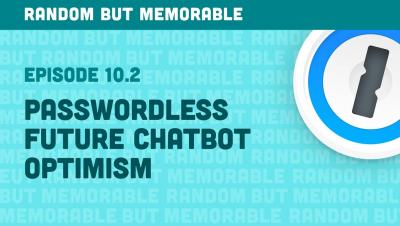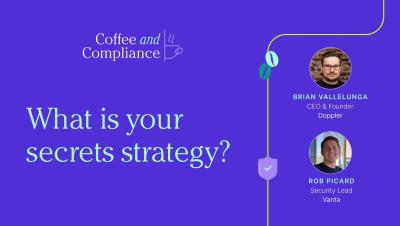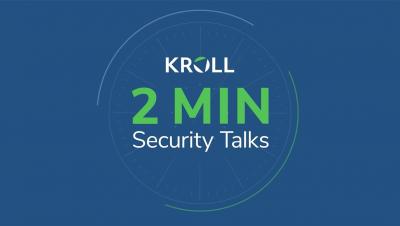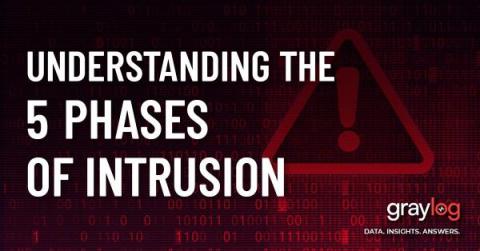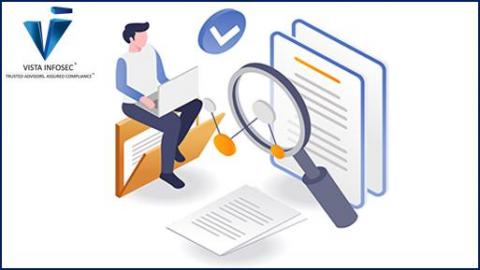Security | Threat Detection | Cyberattacks | DevSecOps | Compliance
Security
Coffee & Compliance: What is your secrets strategy?
The 443 Episode 230 - Successfully Prosecuting a Russian Hacker
2023 North America Security Trends: Staying Ahead of Modern-Day Risks
The CISO's Guide to Application Security Innovation
Threat actors operate by an ironclad rule: If it’s important to businesses, it’s important to them. And they certainly understand the crucial business role of applications. Applications are now the number one attack vector, while software supply chain attacks increased 650 percent in a year. Clearly, if you don’t already have a modern application security program, you need to build one. But how do you make sure that your program will be effective?
How social engineering attacks work (with examples)
Social engineering cyberattacks play on the mind, manipulating emotions and engaging in deception to get victims to give up passwords, financial data, and other valuable information. According to Verizon's 2022 Data Breach Investigations Report (DBIR), eight in 10 data breaches (82%) involve a human element. Alongside breaches caused by human error and malicious actions, this statistic also includes social engineering attacks.
Intelligent Recovery with Trilios Continuous Restore
Cyber Security: Understanding the 5 Phases of Intrusion
Here at Graylog, we have recently had an increase in conversations with security teams from leading companies. We want to share our key findings with the Graylog community. The good thing is that cybercriminals use a methodical approach when planning an attack. By understanding their process and knowing your network, you will be better prepared and able to stay one step ahead.
How should PHI be de-identified in accordance with the HIPAA Privacy Rule?
HIPAA Security Rules and Privacy Rules were established to secure the Protected Health Information (PHI) data of patients that healthcare organizations collect, process, and/or transmit. The regulation has identified 18 HIPAA Identifiers that are considered as Personally Identifiable Information (PII) which is a part of the PHI data.


